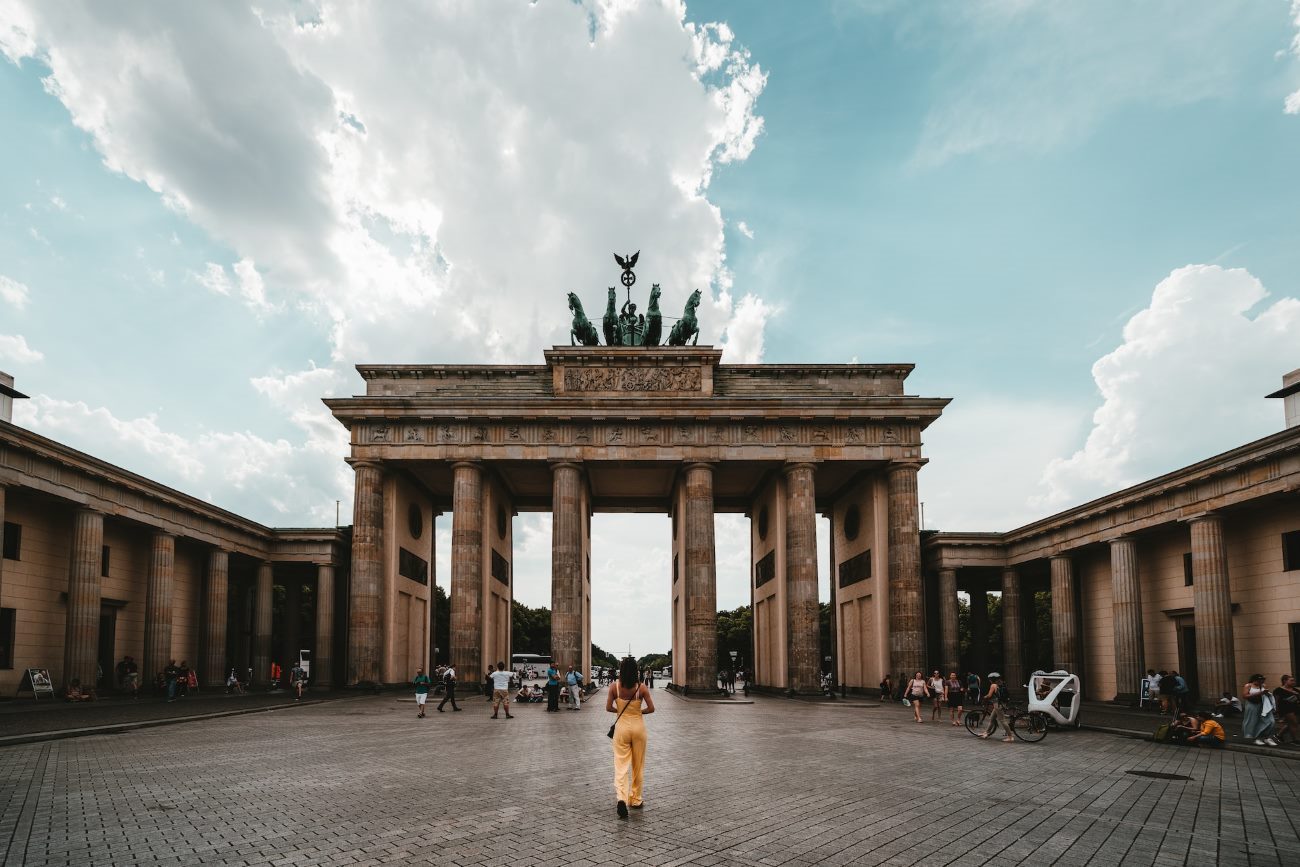Guided Tour Examples: A Comprehensive Guide for Beginners
Introduction
Thinking of going on a trip and contemplating a tour? Guided tours are an excellent method to visit-country-new and to have an expert accountable to everything. In This ultimate guideline, we are able to brief you – the fundamentals of guided tours so far as the importance and example as well to assist you to make a smart decision.
What is a Guided Tour?
A guided tour, short for guided tour holiday,is organised journey, a prepared tour to places of interest and attractions by a guide trained for this purpose. These tours are occasions either to a visit experience into any of culture, history, recreational, educational etc and most date this tours include transportation, accommodation, meals and entrance fee.
Benefits of Guided Tours
Knowing the Expertise: With a led tour you get an knowledgeable guide that may give good insights about the place, its historical past, trendy tradition and tradition.
- Convenience and Organization: Guided tours takes care of everything including traveling arrangements, planning the schedule and booking hotels and visiting destinations. This takes off all the stress of planning every thing personally.
- Interaction and Networking: Doing a guided tour gives you the opportunity to meet travelers that share identical interests. This could add your experience and makes long-time company.
- Safety and Security: Traveling in a group with a guide means you are better off since someone is there for your safety and group when you travel.
Examples of Guided Tours
Cultural Tours
Cultural tours give you an insight into the history, traditions and art of a specific location. They could also comprise history buildings, museums, fine art galleries, as well performances of cultured. To give you an example of a guided Rome tour would include visits to the Colosseum, Vatican City as well as the Sistine Chapel.
Wildlife and Nature Tours
Wildlife and nature tours are ideal for the nature lovers who have the desire to see through the beauty of flora and fauna through the natural habitats. Think you attending a guided tour of Amazon Rainforest where you could see rare kinds of birds, monkeys along with lush vegitation.
Adventure Tours
Adventure tour fulfills adrenaline crazies who look for an action-packed vacation. Alcuni di questi tour includono eventi come scalate ai monti, di kayak in corso, zip line e salto in corda. A perfect example of an adventure tour could be organised trip to the Everest Base camp.
Food and Wine Tours
Food and wine tours is beyond describing that as it are a foodie delight through the tour best of the regional cuisines and wine. Think of enjoying local specialties while in Italy or France, alongside knowledgeable guides who will acquaint you with authentic flavors and customs of that area.
Historical Tours
Historical tours go back in the past, visit historical sites, sights, important dates. For example, a guided city tour in Athens could encompass views to the Acropolis, to the Parthenon and to the Old Agora.
Tips for Choosing a Guided Tour
Reseach the Tour Operator: Before booking a guided tours, research thoroughly about a tour operator’s reputation, customer reviews and experience in the business.
- Insure the Itinerary: Make sure that the tour is clean and the attraction and activities that you really want to see. While you are searching for some good itinerary you should also need to take into account that it should not only be dictated by guided tours, you also have got to have time on your own to explore.
- Group Size: The group size also plays a part in the quality of experience it can provide. Smaller groups give more individualized attention to the guide.
- Cost Inclusions: Know what is included in the tour costing, for example, accommodation, food, conveyance and visit charges. Compare price and value for money.
Conclusion
Tours provided by a guide is an efficient and also rewarding means of discovering locations. No matter if you have a culture, nature, outdoor and or food pull through the plains around a guided tour. By looking the benefits and examples in this guide, you will be able to decide and you will have an great travel.
Table of Contents



